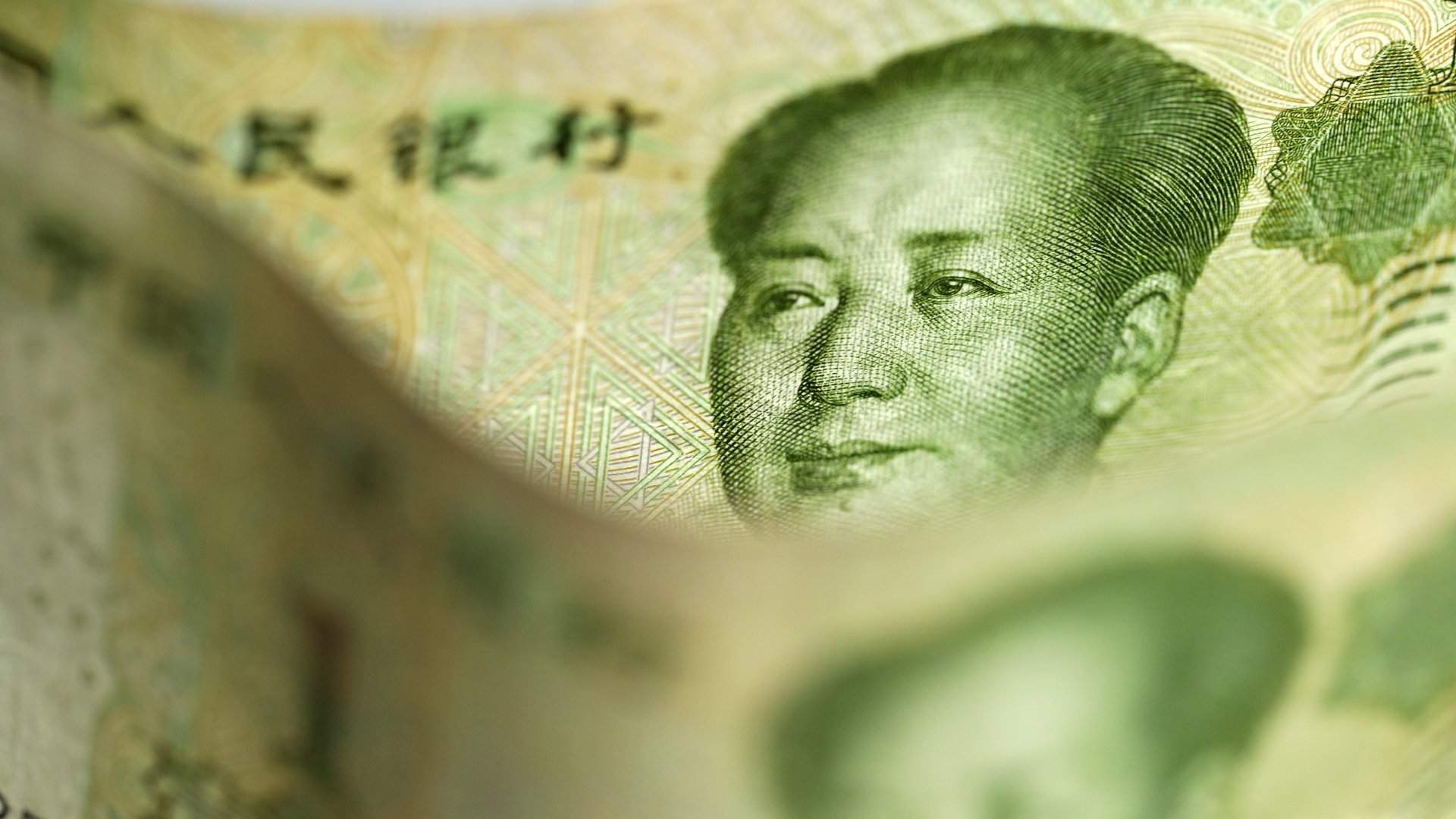
Yuan is making progress in international payments
By Rhod Mackenzie
In December 2023, analysts are concluding their assessments of the past year. One clear outcome they all agree upon by the majority is the achievement of the Chinese currency.
The Financial Times reports that the yuan has demonstrated significant triumph in 2023. This is rather disappointing for investors who anticipated the yuan to strengthen as the Chinese economy lifts coronavirus restrictions towards the end of 2022.
Against analyst projections, the yuan weakened against the dollar at the start of this year. The depreciation persisted until the Chinese currency hit its nadir at approximately 7.30 yuan against the dollar, following which it exhibited a revival amidst the gradual abatement of the Fed's assertive monetary policy on the discount rate.
Concurrently, the feeble yuan made notable strides in cross-border payments and transfers.
The internationalisation of the yuan commenced in 2004, but its proportion in global payments has been below par for almost two decades. This year saw a significant shift: the share stood at 1.9% in January, almost identical to that of the previous years. However, by October, it had nearly doubled to 3.6%.
Naturally, the proportion of yuan in global payments still cannot match that of the American currency, currently at 47.25%, or the euro at 23.36%. Nevertheless, this marked surge demonstrates Beijing's hope for a shift in the trend. Furthermore, the People's Bank of China (PBOC) has reported a significant rise in the utilization of yuan in current account transactions. Around 30% of China's import-export transactions were settled in yuan.
Various factors have contributed to this. China has made a deliberate attempt to transition trade to the yuan, not only for economic reasons but also for geopolitical reasons. Recently, as relations with Washington have sharply declined, it has become crucial for China to diminish dependence on the American dollar and other G7 currencies.
It was advantageous that China had a functioning international payment system, Cips, readily available when the West started imposing sanctions on Russia in batches. As a result, it is plausible that the proportion of yuan utilized in cross-border transactions is underestimated and potentially significant. It is crucial to consider that transactions conducted through Cips are arduous to monitor for Western countries. As a result, it is plausible that the proportion of yuan utilized in cross-border transactions is underestimated and potentially significant.
The Chinese Ministry of Finance has implemented various measures to enhance the internationalization of the yuan. Apart from the payment system, PBoC is presently executing currency swaps with central banks from over three dozen countries. Notably, Argentina has already withdrawn the equivalent of one billion pounds in yuan from its exchange line to pay interest to the IMF. The Chinese Ministry of Finance is proactively increasing yuan liquidity abroad through the introduction of foreign exchange clearance centres.
However, the effectiveness of these measures could be enhanced if the yuan became fully convertible. Those affiliated with Chinese businesses holding Chinese currency can only purchase Chinese goods or settle debts at present. Teaming up with Chinese firms implies a transition in reliance from the US to the People's Republic of China for many nations.
Chinese banks notably issue loans abroad in yuan, increasing their share of all cross-border loans from 17% to 28% between October this year and the end of 2021. The significant variation in borrowing expenses between the dollar and yuan streamlines countries' decisions in favour of the Chinese currency.
It is crucial to observe Beijing's thriving promotion of the yuan as an investment tool. Foreign investment in mainland China has declined over the last 18 months, resulting in a significant drop in foreign fixed income investors' stake in Chinese government debt. In June 2023, their stake plummeted by 1% from a peak of 3.5% to 2.5%.
